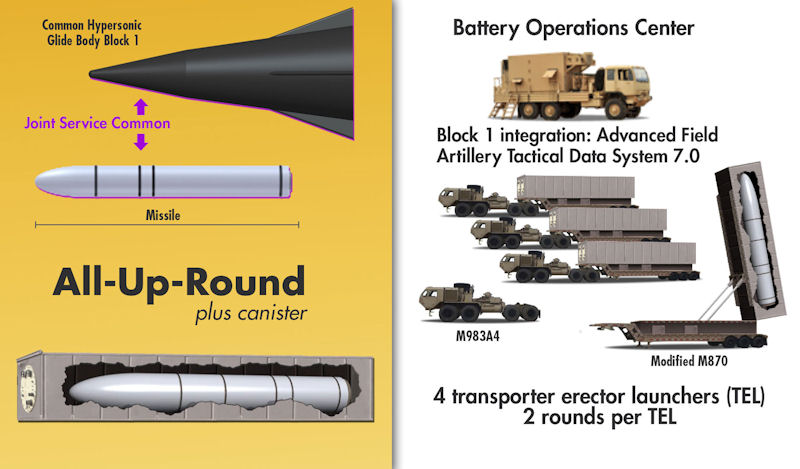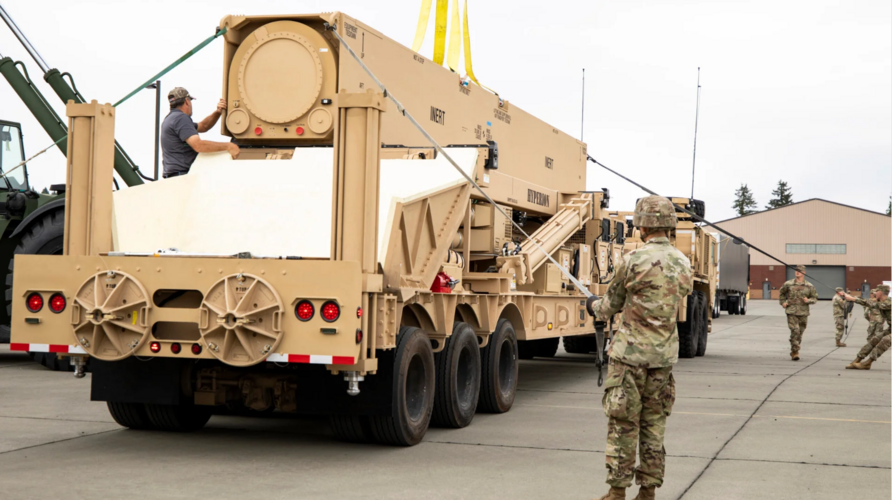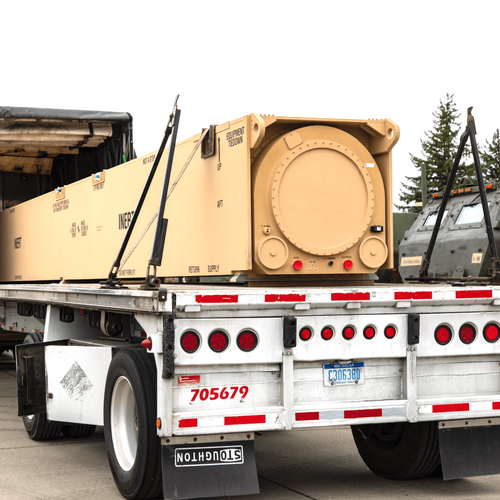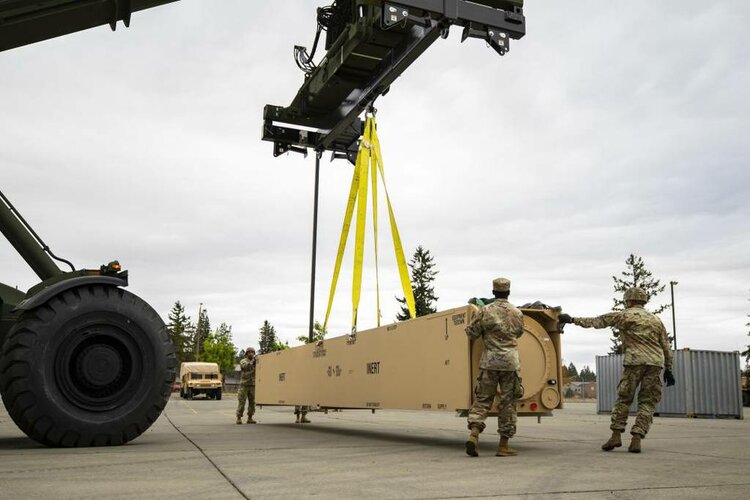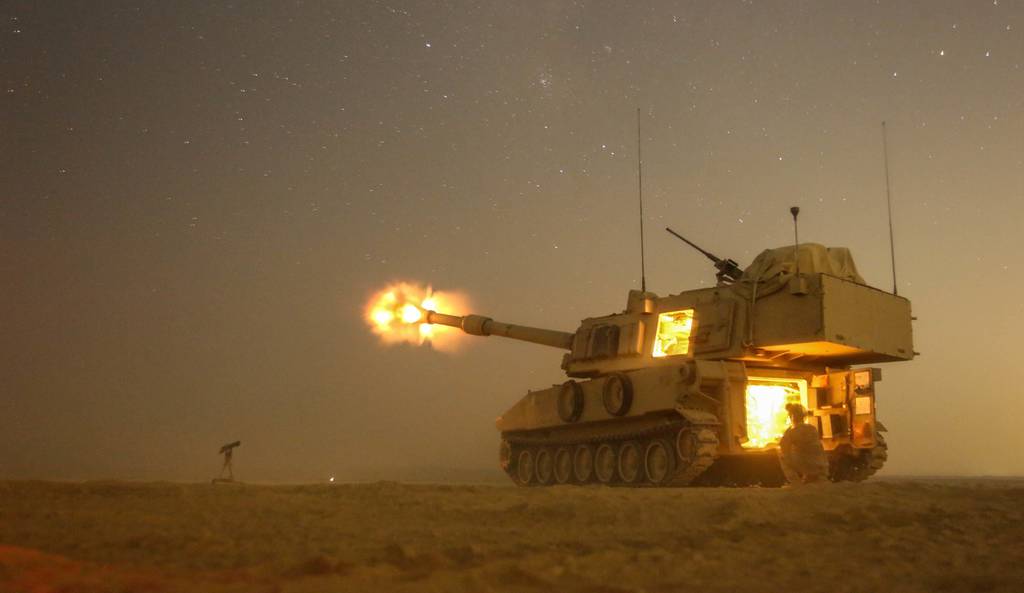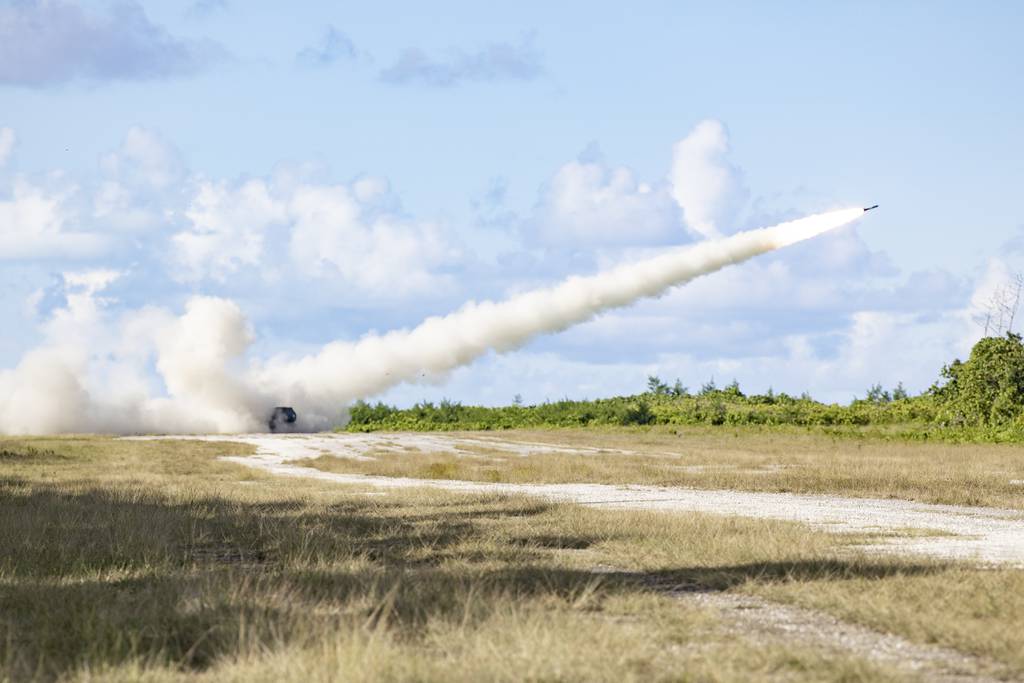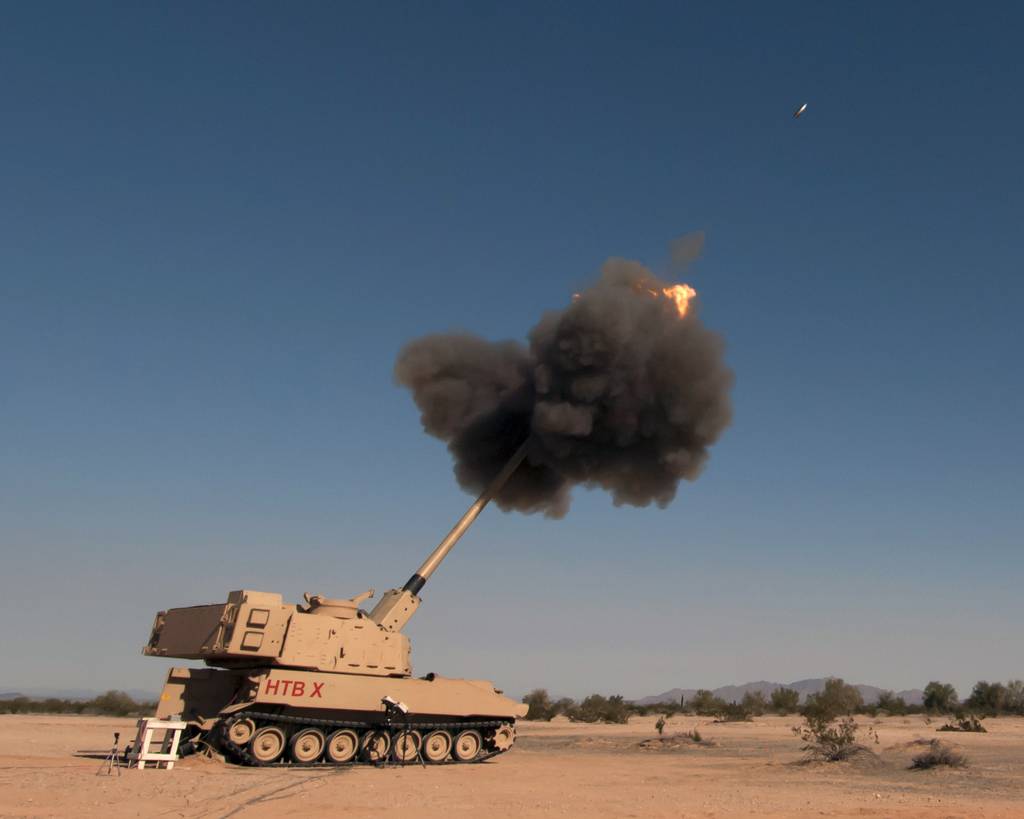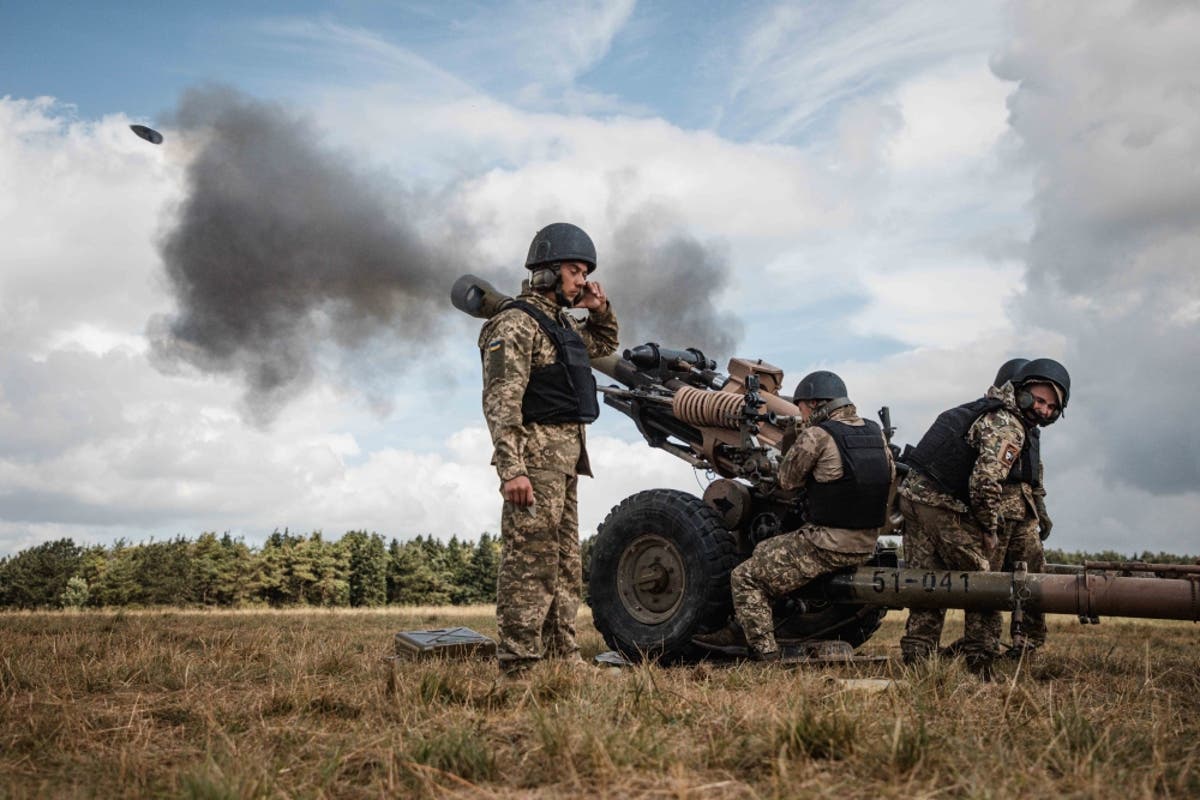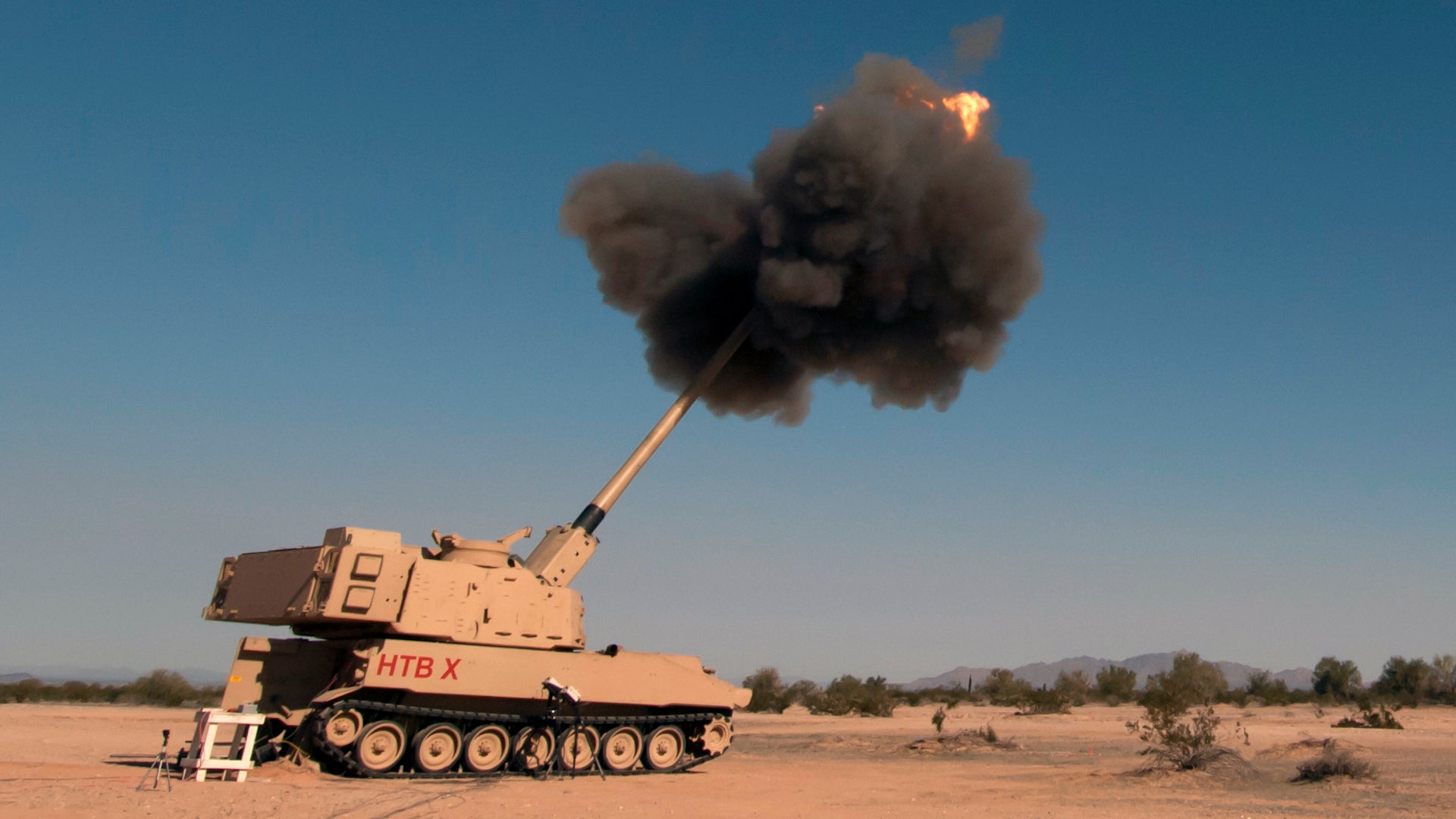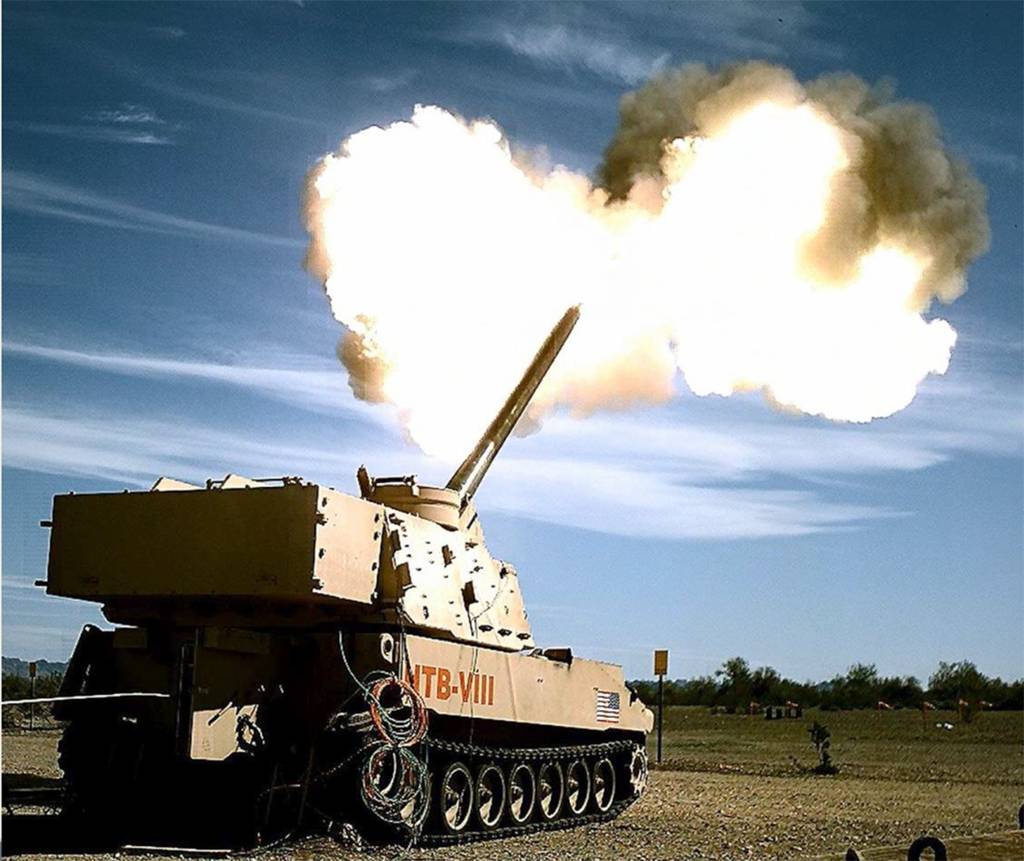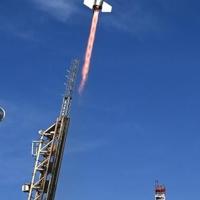X-Bow (pronounced 'crossbow') flew its 'Bolt Rocket' at White Sands

www.abqjournal.com
I wonder what kind of ISP they're getting.
From the article:
the company decided to produce its own solid-state fuel, creating a new additive-manufacturing process that cuts fuel development to two or three days
Most solid propellant is simply mixed then poured, then cures in place. Easy, no need for fancy manufacturing. However... some propellants have been actually manufactured. Sprint/HiBEX propellant was, at least sometimes, manufactured robotically... zirconium "staples" were placed precisely via robot arms as the layers of propellant were built up. The staples not only burned energetically, the higher thermal conductivity caused the propellant to heat up faster, thus evaporate at the surface faster thus burn faster. Maybe these guys are doing something like that.
Another possibility might be that the propellant isn't cast in place, but manufactured in thin sheets, perforated, then rolled up. A normal sort of solid propellant can be made to burn *really* fast that way.
Alternatively: it's the same old mix/pour/cast process, but with added buzzwords. Shrug.

